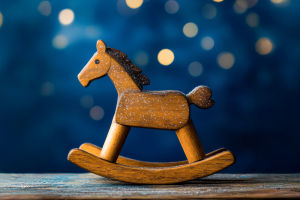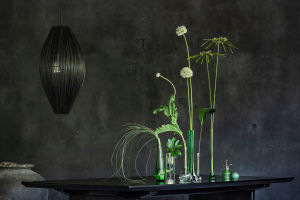Breawing Tea Rules
Hello Lykkers! Welcome to another exciting dive into the cozy world of warm beverages! Today, let’s explore everything about tea, herbal drinks, and infusions.
Each brings delightful flavors and benefits, perfect for every season. Get ready to discover how to prepare and savor these comforting drinks in the best way!
Understanding the Differences
Tea: A Unique Plant-Based Beverage
Tea is crafted exclusively from the Camellia sinensis plant. It is cultivated in various countries across Asia and Africa, including Bangladesh, Japan, and Kenya. The drink’s diversity comes from how the leaves are processed and their level of oxidation.
Herbal Drinks: A Harmonious Blend
Herbal drinks combine different parts of various plants — such as leaves, flowers, seeds, or roots. They are designed by carefully blending four key elements: the main ingredient for active properties, a helper ingredient to support absorption, an enhancer to improve appearance, and a flavor adjuster to balance the taste and aroma. These drinks are often selected for their soothing or aromatic effects.
Infusions: Simple and Gentle
Infusions are made from a single type of plant, focusing on the tender parts like flowers and leaves. They are typically light and aromatic, ideal for relaxation and simple enjoyment. Like herbal drinks, they can also offer various benefits depending on the plant chosen.
Preparation: Temperatures and Timing
Perfecting Tea
Water for tea should always stay below boiling point. Green, white, and yellow types perform best between 80°C and 85°C, while black varieties thrive between 85°C and 95°C.
Brewing times range from 2 to 5 minutes depending on the variety, ensuring that each cup reveals its intended aroma and taste.
Crafting Herbal Drinks
For a great herbal drink, water should be heated between 90°C and 95°C, just before boiling. Water that is too hot will release bitter and sharp notes, while water that is too cool won't extract enough flavor. Infusion times are longer than tea, usually between 5 and 20 minutes. Tender parts like leaves and petals require less time, while denser parts such as seeds and bark need a bit longer.
Preparing Infusions
Infusions share the same water temperature as herbal drinks: around 90°C to 95°C. Depending on the plant, steeping can last anywhere between 5 and 20 minutes. Lighter, aromatic infusions need shorter brewing times, while those aimed at deeper effects may need a bit more patience.
Choosing the Right Water
Always use fresh, low-mineral water. Reheating water reduces oxygen levels, negatively affecting taste. Fresh water preserves the delicate notes that make each cup special.
The Best Ways to Enjoy Them
Natural Tasting Experience
The most authentic way to savor herbal drinks and infusions is without adding anything. However, when a touch of sweetness is desired, natural sweeteners like honey are recommended. Honey brings a gentle sweetness and valuable natural properties.
Tea: Respecting Its Flavor
Tea possesses a rich and complex profile that is best appreciated on its own. Adding lemon, honey, or milk can alter its original character. For those who enjoy a twist, adding a little honey can be a gentle way to enhance the experience without overpowering the tea’s natural essence.
In Conclusion
Lykkers, mastering the art of preparing and enjoying tea, herbal drinks, and infusions is simpler than it seems — and incredibly rewarding! With a little attention to temperature, timing, and natural flavors, every cup becomes a small moment of joy.
Whether it's a cozy winter evening or a breezy summer morning, a well-prepared warm drink can always brighten the day. Cheers to finding your perfect brew and sharing these beautiful moments with loved ones!
-
 Benefits of a Rocking HorseWhy Every Baby Needs A Rocking Horse: The Secret To Endless Smiles And Brilliant Growth!
Benefits of a Rocking HorseWhy Every Baby Needs A Rocking Horse: The Secret To Endless Smiles And Brilliant Growth! -
 Allergy-Free ToysIs Your Child’s Favorite Stuffed Toy Making Them Sick? Here’s How You Can Prevent Allergies!
Allergy-Free ToysIs Your Child’s Favorite Stuffed Toy Making Them Sick? Here’s How You Can Prevent Allergies! -
 Dining Room TipsTransform Your Family Dining Room with These Simple Layout Ideas – You’ll Love the Results!
Dining Room TipsTransform Your Family Dining Room with These Simple Layout Ideas – You’ll Love the Results!
Copyright © zogu 2021 - 2025. All Right Reserved.